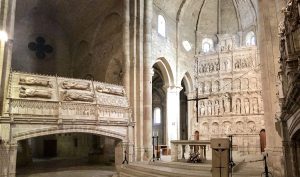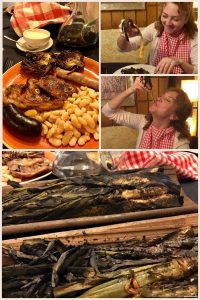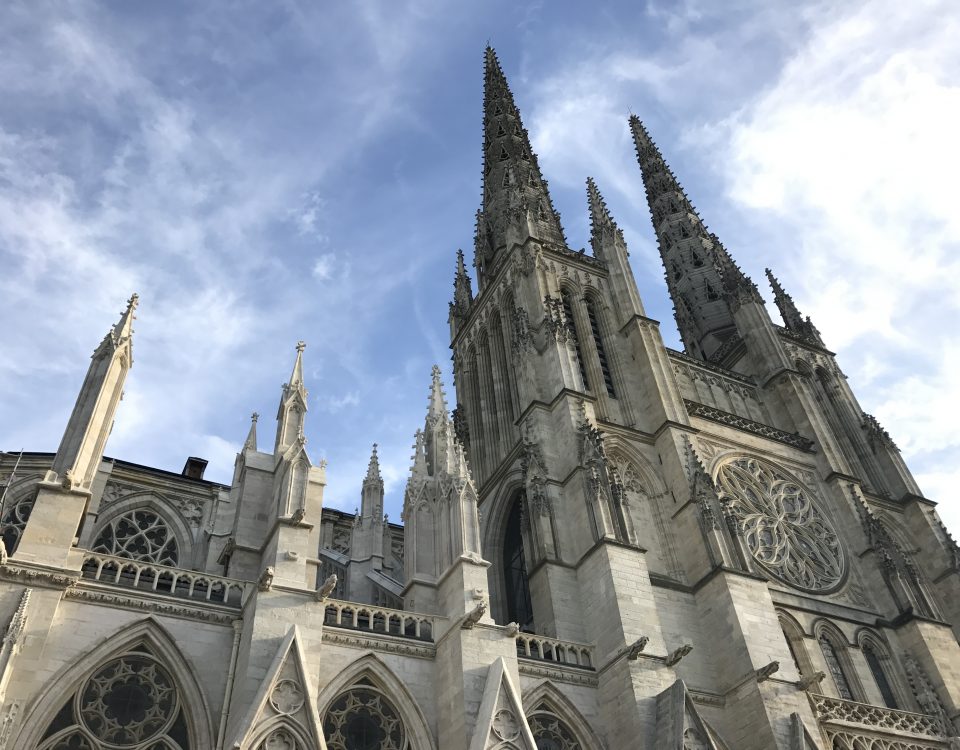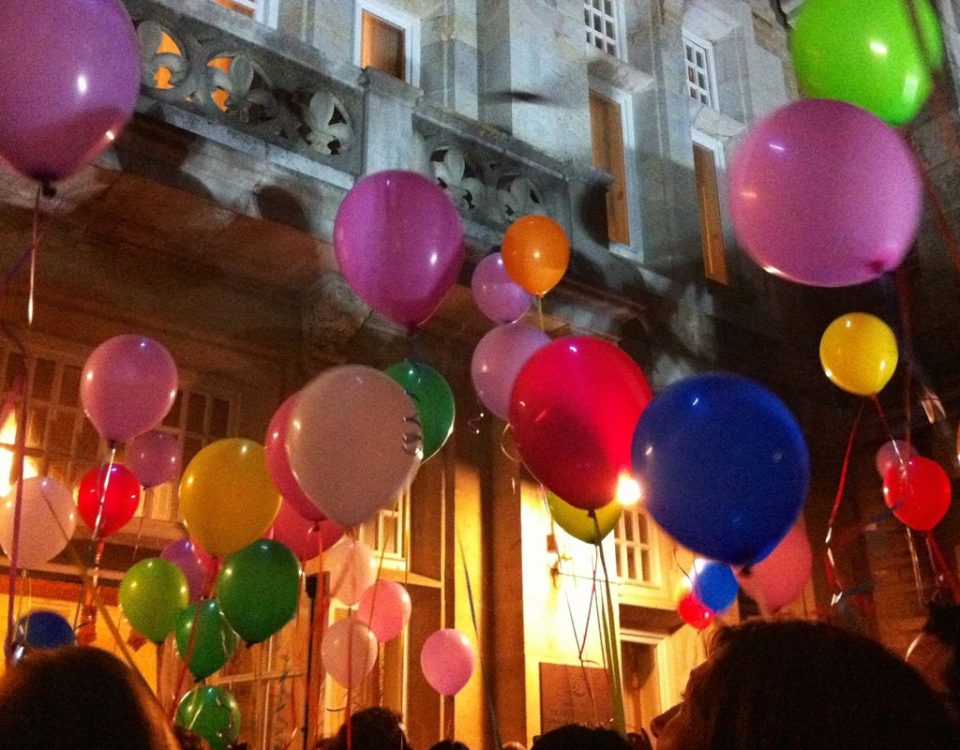Monastery of Poblet and Calçotada
Today´s program has been so appealing!. It is typical of this time of year to eat the traditional calçots in the region of Tarragona in Catalonia. We have organised a Calçotada for lunch and taking advantage of the proximity we have visited the Cisternian Monastery of Poblet, declared World Heritage Site by UNESCO in 1991.

The Monastery dates back to 1150 when Count Ramón Berenguer IV decided to bring a small community of cisternian monks from the Monastery of Fontfroide in France, to settle in Poblet. The Abbey soon became the cultural and economic centre of the region, becoming the pantheon of the Aragonese dynasties. We find eight Kings and six Queens buried here (12thC to 15thC).
The Alabaster altarpiece is breathtaking! Carved by Damiá Forment, dates back to the 16th century. In contrast we find, opposite the altarpiece, the modern Pipe Organ made in Switzerland in 2012.
The whole complex is well worth a visit, it is a perfect choice for this time of year as you may also enjoy the characteristic calçots for lunch.
Traditionally the calçotada celebrates the harvest of this kind of long green onion that looks like a leek original from this part of Spain. There is no translation for calçots in English nor in Spanish, as is originally onlycultivated in Catalonia.

The most popular way to celebrate the Calçotada is with friends and family in the months of february and march, when the weather is warmer and the get together may be organised outdoors. The calçots are grilled over an open fire untill charred, they are served on terracota tiles and accompanied by a characteristic nut and red pepper based sauce called Romesco or Salvitxada.
The way to eat them is fun. First of all you need to wear a bib to avoid stains! You take the calçot with bare hands, hold it with one hand and peel the first charred black layer with the other, then dip the white end in the Romesco sauce and put it in your mouth holding it from above. It is absolutely delicious!
As main course after eating the calçots, a meat dish which includes a butifarra sausage, characteristic of catalan cuisine, is served. The whole meal is accompanied by local red wine or Cava, the indigenous Champagne-like sparkling wine of the region.
We highly recommend you to try it!





